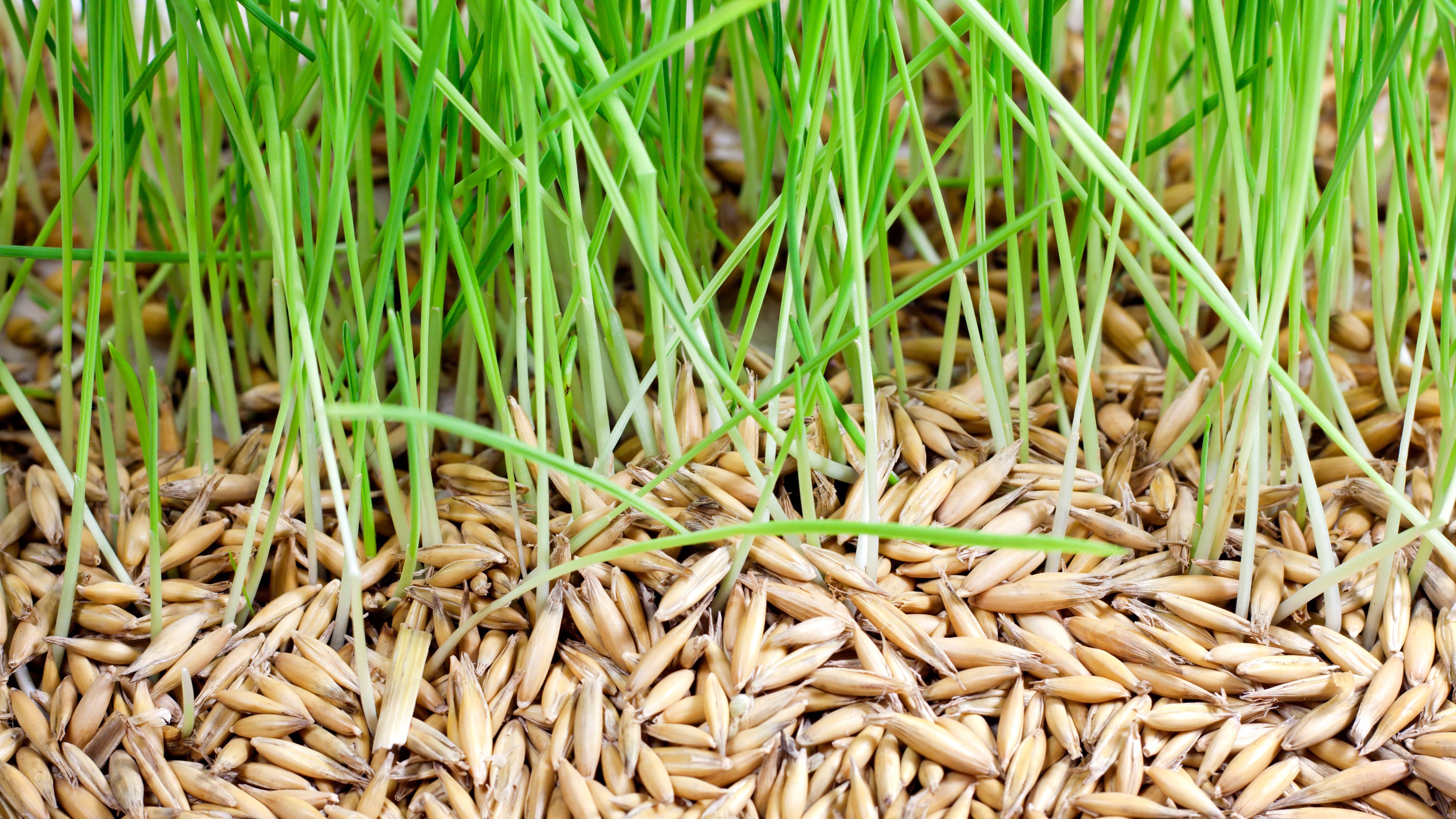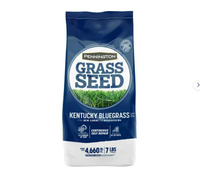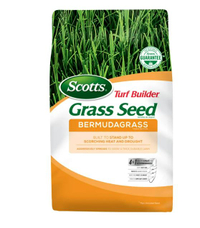Do you want to know how long it takes grass seed to grow? If you're striving for a healthy green lawn then you might want to consider growing it from scratch. It's not that complicated, thankfully, but it's useful to know how to sow grass seed and when to expect to see the results of your hard work.
Of course once you've got a fresh new lawn, you'll want to maintain it with the best gas lawn mower or the best electric lawn mower.
Salima McKnight, gardening expert and founder of Rivermead Gardening, told Top Ten Reviews: "Grass seed germinates at different rates, depending on a few different factors, from the species, time of year, weather and how moist the soil is. As a general rule, germination - the process of the seed starting to grow - takes about five to ten days, but some grass species can take up to 30 days."
Once germinated, you can expect the grass to carry on growing at a rate of about 2-3cms a week.
In this guide, we’ll answer some of the key questions you might have about growing grass, as well as how to prepare the soil before planting your seeds.
How long does it take grass seed to grow?
"Most grass seed will start growing in about 5-10 days, but sometimes it can take up to a month," says gardener Salima.

Salima McKnight is a gardener and founder of Rivermead Gardening in the U.K. She leads a team of highly trained and professional gardeners in the South East of England.
What affects how fast grass seed grows?
"The speed grass grows will depend on a few factors including the type of seed, weather conditions and soil aspects (shade or sun), soil condition and soil prep," says Salima.
Factors that affect grass seed growth
Type of grass seed and germination time
Germination, the process of a seed growing into a plant, takes time and this will vary from grass species.
As a general rule, the grass species below will take this long to grow:
- Ryegrass: 5-10 days
- Fescue: 7-14 days
- Zoysia: 14-21 days
- Bermudagrass: 10-30 days
- Bentgrass: 10-14 days
- St. Augustinegrass: 10-30 days
- Centipedegrass: 14-21 days
- Kentucky Bluegrass: 14-30 days
Weather
While we can't control the weather, it's worth looking at the long range forecast before planting grass seed as extremes of hot or cold are undesirable planting conditions.
Salima adds: "The optimum temperature for germination is 48 - 53F degrees."
Soil preparation
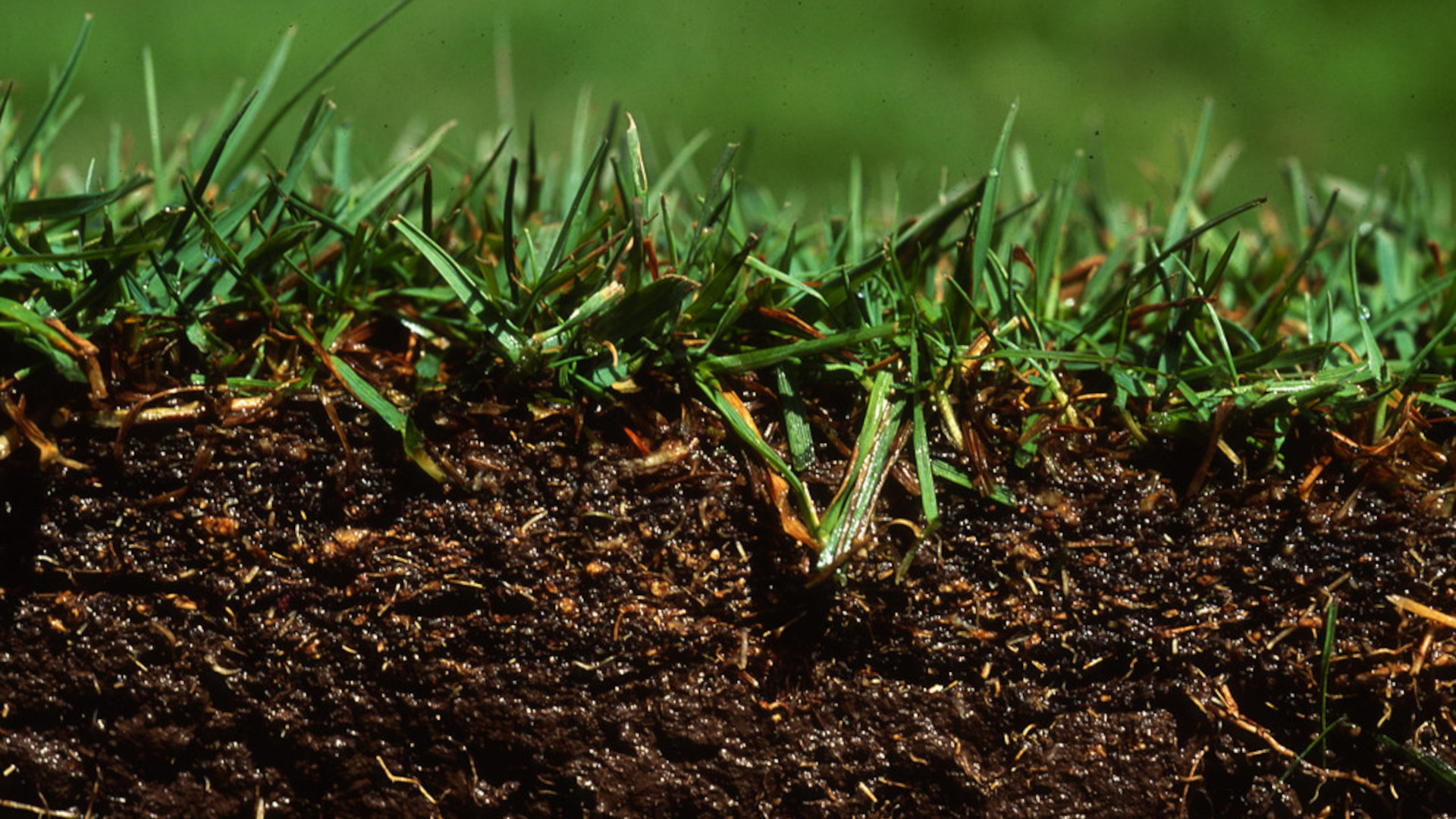
For successful growth, it's important to monitor your grass soil conditions. "Soil pH can affect how long it takes for grass to grow," Salima says. "Cool-season grasses prefer a soil pH in the 6.0 to 7.2 range."
To make sure your seed has the best chance of germinating, water the soil a few days before planting. Saturate the ground to a depth of 6-8 inches, then after planting the seeds, water once or twice a day, unless it's raining, as that will keep the soil moist.
"The soil needs to be wet, but not waterlogged. And be sure to keep an eye out for bugs and pests that could destroy vulnerable grass seed and prohibit growth," Salima says.
When is the best time to plant grass seed?
The time of year is another huge factor in the germination rate of grass seed. Salima told Top Ten Reviews: "Cold air and soil temperatures hinder the growing process, so avoid sowing grass seed in winter.
"A cold spring can delay the germination of grass seed by up to a few weeks, leaving it vulnerable to being blown away or eaten by birds, while a hot summer can also inhibit growth, particularly as warm conditions dry out the soil.
"Soil temperature should be at least 46F or higher for successful germination."
How can I help my grass seeds grow?
- Plant during mild temperatures (spring or fall)
- Keep the soil moist (but don't over water)
- Use high quality seed mix
- Avoid sowing on a windy day
FAQs
How do I choose the right seed mix?
To get a lush lawn you need to choose the right seed mix. Here, Salima shares a general outline of some of the most popular:
General-purpose lawn – this is a blend of hard-wearing grass seeds usually a mix of perennial ryegrass, tall fescue, red fescues and browntop. This type of lawn is fast growing and needs frequent mowing.
Luxury or fine lawn – a mix of fine-leaved turf grasses that are less robust, but form a dense, soft lawn. Usually a blend of Chewing’s fescue, red fescue and browntop. These are slow-growing grasses and can be mown at a low height for a neat finish.
Shady lawn – for light to medium shade, such as beneath or next to a hedge or fence. Most contain hard fescue, red fescue and browntop. These are fine-leaved grasses that tend not to be very robust.
How do I prepare my lawn for sowing seeds?
Preparation is the key to a luscious lawn that is well rooted and weed-free, says Salima. Start a few weeks before sowing for best results.
"First, remove all perennial weeds well in advance by digging out their roots or using weedkiller (avoid using a residual weedkiller as it can stay in the soil and harm your new grass).
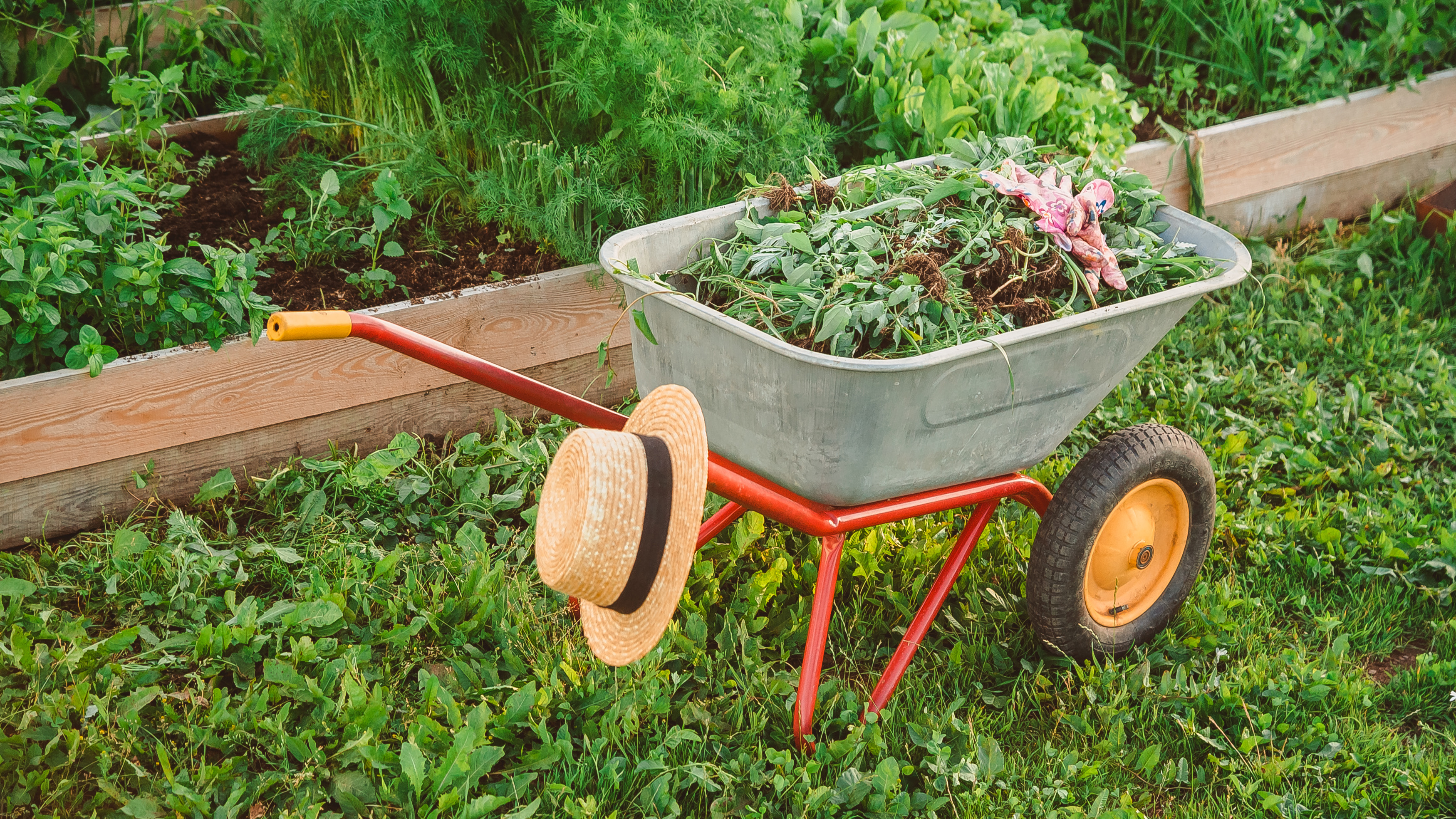
"If your lawn is compacted you can use a plug or spike aerator to create small holes in the soil to allow water, air and nutrients to get deep into the roots of the grass. If the soil is fast draining, you can use homemade compost, leaf mould or other soil conditioner to help it hold its moisture.
"After digging, be sure to leave the soil for several days to settle, longer if you can - ideally five to six weeks, before sowing grass seed.
"When the soil is settled you can rake the surface in different directions to make it level, remove any large stones or obstacles and break up any big clumps of earth to create a fine, crumb-textured seedbed. You can also use a general purpose fertilizer to enrich the soil."
Can it be too hot or too cold for grass seeds to germinate?
If you didn't get around to sowing your grass seed in autumn, you could try in mid-spring, but you'll need to devote some time and energy to tending to the lawn and giving the new grass plenty of water.
For obvious reasons, the worst times of year to sow grass seed is summer and winter. If's too hot and too dry, or too cold and frosty, the most likely result is that the seeds will shrivel up and die rather than germinate.
